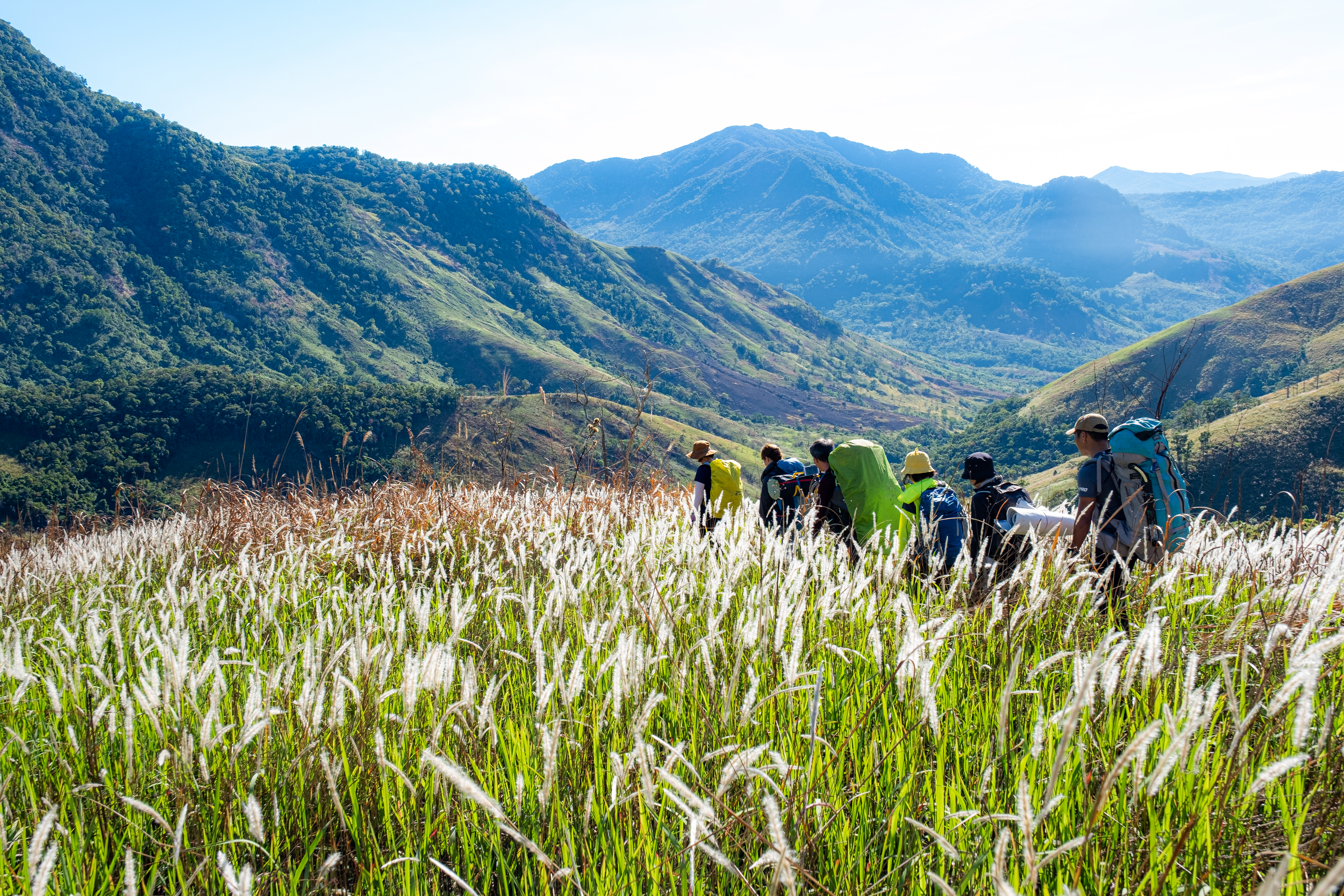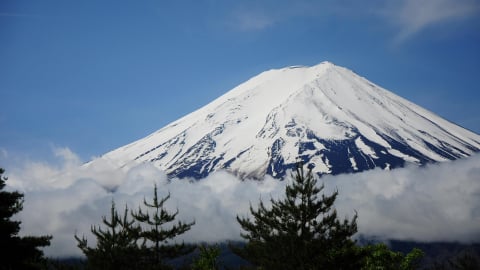Leisurely walking through the damp old forest looking up at the canopy of ancient trees, along the peaceful stream to find the rushing waterfall, climbing the top of the highest mountain to see yourself small in the middle of the vast forest. In remote places with poor conditions from simple or non-existent huts, no toilets, water and food sometimes brought up by yourself... everything in the high mountains and deep forests is just peace and silence.

Everything in the high mountains and deep forests is just peace.
KNOW YOUR LIMITS
In Vietnam, there are many different trekking and mountain climbing routes, suitable for everyone, every desire and physical condition. When choosing easy routes, you also do not miss out on beautiful scenery, wildlife and the opportunity to connect with nature. So, do not rush to overestimate your ability and embark on difficult challenges. Take the time to ask yourself the following questions:
- What is your level of experience with hiking or mountain climbing? Are you a regular hiker or is this your first time?
- How much gear, food, and water can you carry in your backpack? And how long can you carry it with you?
- Are you fit enough to walk through the woods you want to do? Have you tried walking up and down steep hills? Are you more comfortable walking on paved roads?
- Have you ever taken a light walk in the forest before? The temperature and humidity in the forest are very different from where you live, and your body needs time to get used to it.

The children joined the walking trip in Ta Giang. Before leaving, they were taken camping and had some short day trips in the forest.
So, you will choose a route that suits you so that you can comfortably walk and enjoy the scenery, not having to look at your feet and the ground. There are also some of you who like to conquer and challenge, but you must be careful not to exceed your health limits. Prepare a good spirit to face the challenges so that you can find the beauty of nature, not a race to see who can go further and harder.
PLAN YOUR TREKKING TRIP CAREFULLY
Planning is an important step in preparing and being ready for your adventure. If you are in a remote area and encounter unexpected dangers or emergencies, you need to know how to handle them. If you have never been in the forest before, ask someone experienced, such as a local guide, group leader, or forest manager, for information on how to prepare for the trip. Your safety is the forest manager’s responsibility, so don’t worry, just ask.
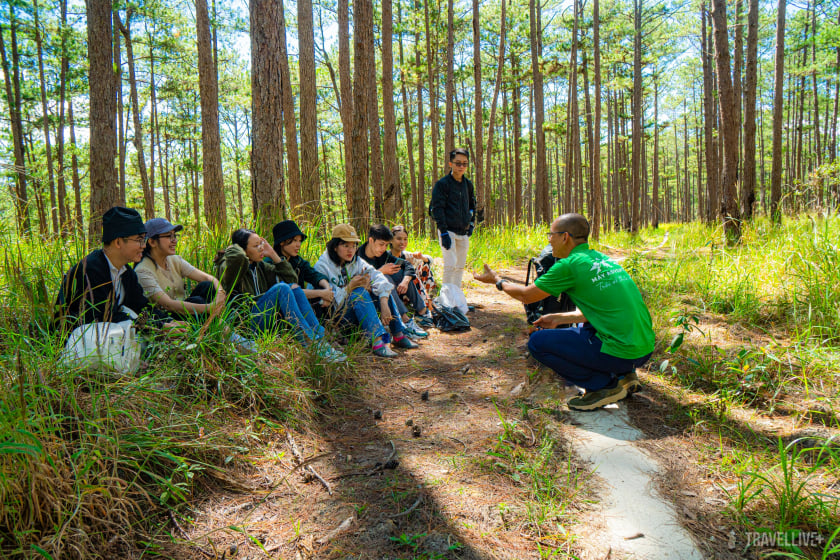
It is necessary to seek information and listen to the sharing of experienced people.
Choose the right route for you and your group so that everyone can complete the route safely and enjoy the most comfortable journey. Especially, if you have health problems, please tell your companion directly.
You should share your trip plan with your loved ones. Specific route schedule, contact information of fellow travelers, emergency contact information. If something happens, this will help with search and rescue.
Forest groups also prepare themselves with basic knowledge about weather forecasts, first aid, or what to do if they get lost in the group. All of this is to prevent members from panicking when they encounter problems.
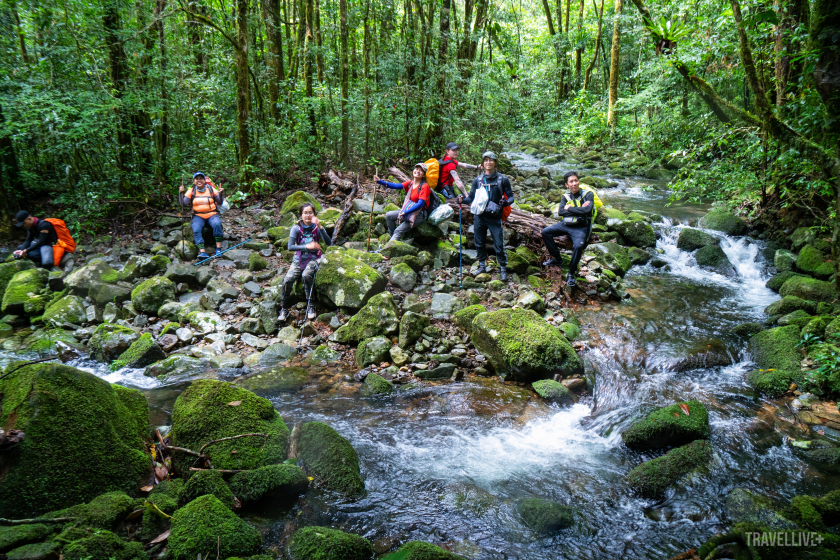
If the road has streams or it rains, you need to choose suitable clothes and put them in bags to avoid getting wet.
Check the weather before you go to the mountains and forests. If the weather is not ideal, stop or be mentally prepared to face it. Prepare your belongings carefully for hot weather with water, cool clothes and sun protection. For rainy weather, you need to prepare to pack your belongings in plastic bags, raincoats and bring extra clothes. Ensure your health, get used to the weather slowly, make sure to get enough sleep, drink plenty of water and do not overexert yourself.
WHAT TO BRING?
10 essential items for a jungle trip include: map (electronic, compass, GPS), sun protection (sunglasses, sunscreen, hat), heat retention (jacket, hat, gloves, raincoat and thermal shirt), lighting (flashlight, headlamp, lamp), first aid items, personal medicine, repair kit (knife, scissors, tape), shelter (tent, mat). Depending on the trip, prepare common items or items in the group to bring along. In addition, water and food need special attention.

Items for a trip to the woods or mountain climbing.
If you are walking in hot weather or on steep roads, you should bring more water than usual and divide the water into reasonable portions. If you know there is a water source along the way, it will help you bring less water, but you need to know how to handle it to ensure safety.
Depending on how long you are going to be in the mountains and forests, bring enough food for yourself and your group. Choose nutritious, light foods for main meals. At the same time, snacks along the way provide energy such as cakes, candies, and cereals.
Shoes are also an important choice to pay attention to. Choose the right type for walking, the choice depends on the route you are going (wading streams, climbing mountains, going to the desert ...). Running shoes, sandals, sneakers, ... are not the ideal choice. Shoes with a lot of spikes on the sole to grip the ground and high top to protect the ankles. Finally, you should wear shoes that are 0.5-1 size larger.

Bring adequate equipment, water and food to make the most of your trip.
Backpacks for hiking and mountaineering should have padded shoulder straps that don't hurt your shoulders. The back should be breathable and support your hips. The backpack should be specialized so it doesn't tire you out and is more stable on your back than other popular backpacks.
Wear cool, quick-drying clothes for hot weather. In cold weather, choose to wear layers so you can take them off when hot or add layers when cold to avoid heat shock. Insect repellent and thick socks to reduce blisters are also recommended.
BE A SMART TREKNER
Find out about your destination and the weather so you can pack the best gear. Avoid overpacking.
In a group, let the slowest person go first to set the pace for the group, everyone stays together and not too far apart. Although it may take you longer to get to your destination, walking together reduces the chance of someone getting lost and if injured, there will be someone to help.
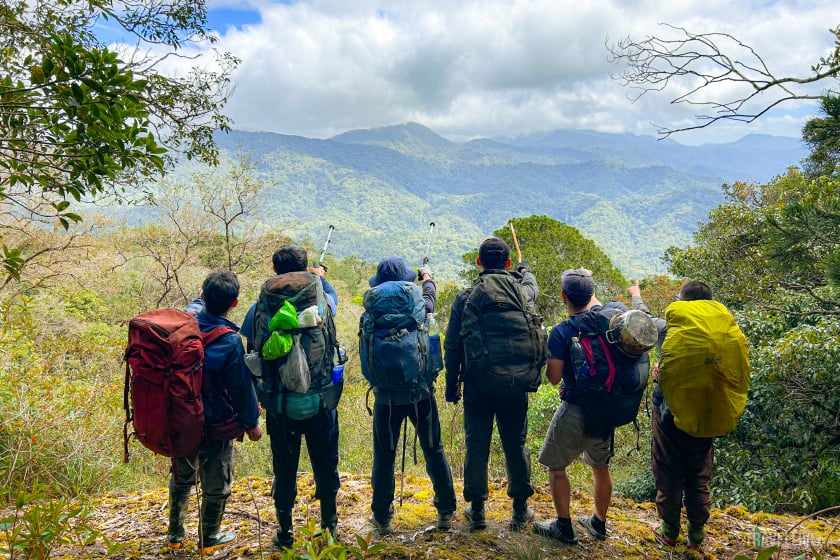
Even if the health of the group is not the same, even if there is an incident, the first thing to do is stay calm to find the best solution.
Keep track of your time and distance so you can rest properly or not push yourself too hard. Uphill terrain takes almost twice as long as downhill. But in some health conditions, especially poor knee joints, downhill takes longer than uphill. So, it is important to learn about the terrain.
During a trip to the forest or mountain, taking frequent breaks will help your body not be pushed to its limits. Don't try to follow someone stronger. At the same time, you should chat while walking, then your walking speed will be suitable for you. When traveling together, you should eat and drink lightly along the way because the process of moving consumes more energy than usual. Drink before you are thirsty and eat snacks and cereals to maintain your body's energy.

Every effort is worth the effort.
Be careful when stepping on slippery rocks. Your hands can also catch or accidentally hold thorns or sharp grass. When crossing flowing water, check if the stream is too deep or slippery. Use a rope or stick to help you cross to keep your feet steady and avoid falling.
In this article, we only summarize the necessary notes, there are many things you have to learn and choose the right one for your trip. The most important thing is to go with someone who has experience in the mountains and forests to ensure your safety. At the same time, with an optimistic spirit, face the experiences and challenges you have never encountered, all efforts will be rewarded.





